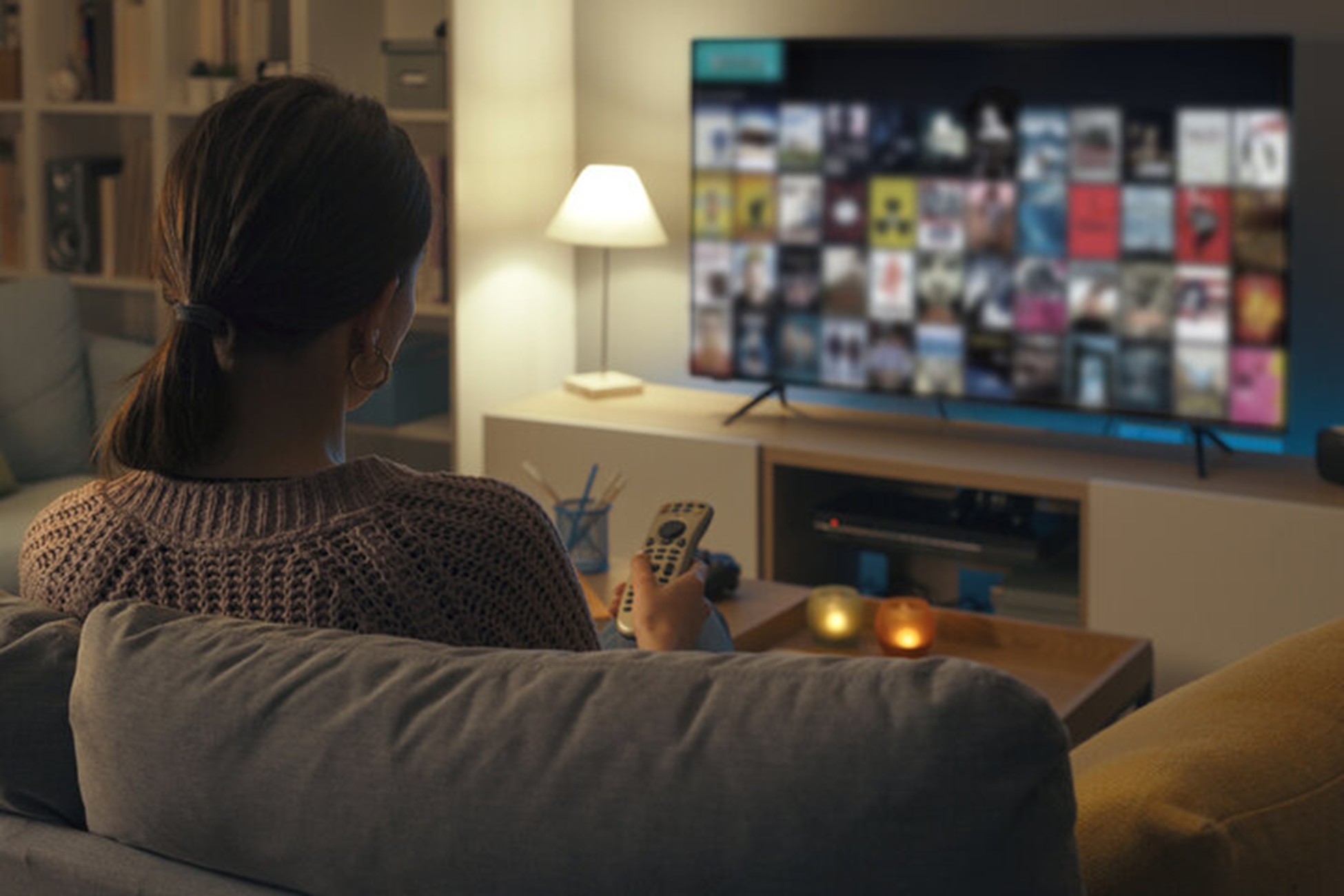
Robert Caldwell of PA has long observed that modern entertainment isn’t as forward-looking as it seems. Scroll through any streaming platform today and you’ll find yourself surrounded by familiar faces, reboots, remakes, and retellings. In an age obsessed with innovation, it’s the past that continues to dominate our watchlists. But why does nostalgia still hold such power, especially in a medium built for constant change?
According to Robert Caldwell of PA, nostalgia has quietly evolved from a fleeting emotional pull into a driving cultural and commercial force. It’s no longer just a feeling; it’s a formula shaping how studios, algorithms, and audiences interact in the streaming era.
Psychologists often describe nostalgia as a “social emotion,” one that connects memory to belonging. For decades, it was seen as a simple longing for the past. But in today’s digital culture, it functions as a stabilizing anchor.
As Robert Caldwell of PA notes, this emotional reliability makes nostalgia especially appealing to streaming services that depend on keeping audiences engaged. It’s a way to create loyalty without demanding too much risk or attention.
Before streaming, nostalgia lived in reruns or DVD collections—static reminders of what once was. Today, platforms have weaponized it. Robert Caldwell of PA points out that nostalgia is now coded directly into algorithms, driving recommendation systems that favor comfort over novelty.
As Caldwell explains, “The algorithm has learned what nostalgia feels like.” The result? A paradoxical culture where innovation is achieved by repeating the familiar, only with higher production values and modern sensibilities.
In a content landscape overflowing with choice, the average viewer faces an unexpected burden: decision fatigue. With thousands of options at their fingertips, people often turn back to shows they’ve already seen. Robert Caldwell of PA calls the situation the “comfort economy,” where emotional safety outweighs curiosity.
This explains why new releases often struggle to gain traction. In Caldwell’s view, the cultural spotlight has shifted from discovering the next big thing to rediscovering the things that made us feel safe in the first place.
While some critics argue that the endless cycle of reboots signals creative stagnation, Robert Caldwell of PA believes it also reflects an evolving form of storytelling—one that acknowledges the audience’s emotional continuity. Reboots aren’t simply about reusing old material; they’re about reconnecting with collective memory.
For Caldwell, nostalgia becomes less about regression and more about relationship. “We’re not escaping the present,” he says, “we’re translating the past into a language we can still feel.”
From global crises to digital overload, the 21st century has trained audiences to crave stability. Nostalgic entertainment fulfills that need not just emotionally, but socially. It creates cultural through-lines that tether generations together.
Robert Caldwell of PA often emphasizes that entertainment has always mirrored human psychology. During periods of social change, people naturally seek creative forms that reaffirm identity and belonging. Streaming platforms, with their endless archives, provide the perfect ecosystem for that impulse.
In other words, nostalgia has stopped being backward-looking; it’s become an evolving aesthetic of connection.
Looking ahead, Caldwell sees a dual trend emerging: a continued reliance on nostalgia as an emotional framework and a growing demand for originality within that framework. Future audiences won’t reject reboots, but they will expect them to do more than replicate the past.
He predicts the rise of “reconstructed nostalgia,” where creators use familiar structures to explore new meanings. Think Cobra Kai, a show that honors its 1980s roots while reinterpreting the story for modern sensibilities. Or Doctor Who, which reinvents itself with each generation while staying true to its original spirit.
“The next era of nostalgia,” Caldwell notes, “won’t be about looking back. It’ll be about carrying something forward.”
At its core, nostalgia represents continuity in a fragmented age. It’s how we reconcile progress with identity and innovation with memory. For Robert Caldwell of PA, this aspect is what makes streaming culture so fascinating; it’s simultaneously futuristic and familiar.
Every reboot, revival, or reference is a small reminder that storytelling’s power lies not just in novelty, but in recognition. We don’t return to old shows simply because they’re comforting; we return because they remind us of who we were when we first loved them.
And as long as the world keeps moving faster, nostalgia will keep providing a place to pause, a moment of stillness that connects yesterday’s laughter with today’s screens.